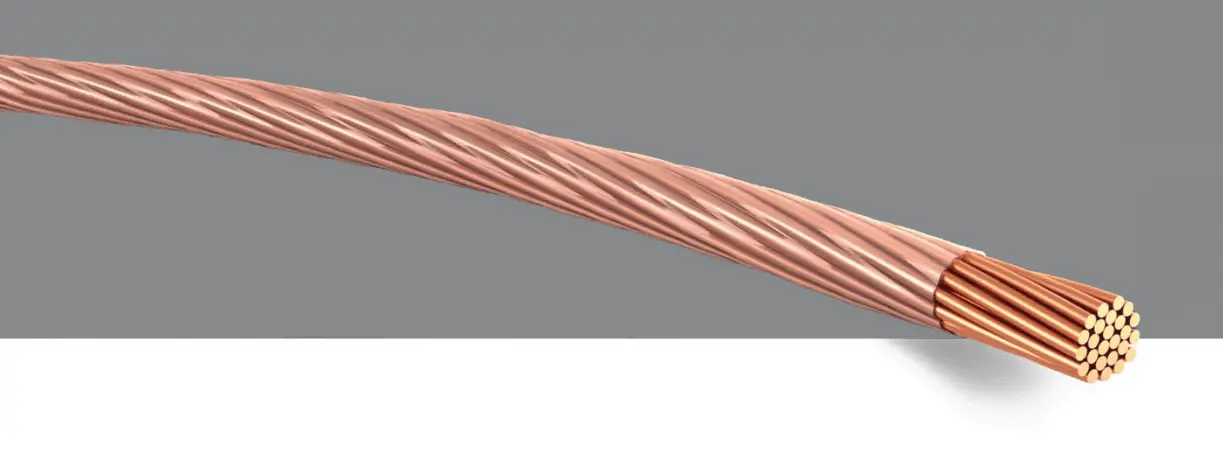Copper wires are conductive metallic cables made from copper, a highly conductive material known for its low electrical resistance. These wires are one of the most versatile and essential components that are used in various industries. It plays a vital role in power transmission, electrical engineering, telecommunications, electronics, and countless other applications.
Understanding the different types of copper wire available in the market is crucial for choosing the right wire for specific purposes. Whether you are a professional electrician or a student, mastering different types of copper wire will help you choose the right one for your specific needs. So, without wasting any more time, let’s dive right in…!!!
Different Types of Copper Wire & their Uses
- Bare Copper Wire
- Tinned Copper Wire
- Magnet Wire
- Insulated Copper Wire
- Litz Wire
- Copper Busbar
Bare Copper Wire
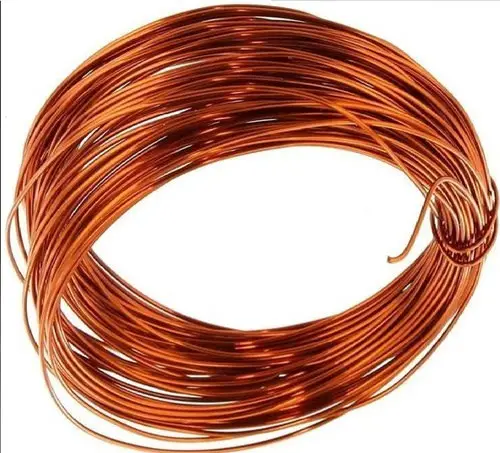
As the name suggests, bare copper wire is a fundamental form of copper wire that lacks any insulation, coating, or any kind of protective covering. They are widely used for its exceptional conductivity. Due to their high conductivity and low cost, they are primarily used in grounding applications such as electrical earthing installations and electrical systems where insulation is not required.
Not to mention, safety precautions must always be followed when working with bare wires to prevent electrical shocks or short circuits. Bare copper wire, in particular, is resistant to corrosion and can withstand harsh environmental conditions. This type of copper wire is often available in flexible forms, such as strands or braids, allowing for easy bending and shaping.
Tinned Copper Wire
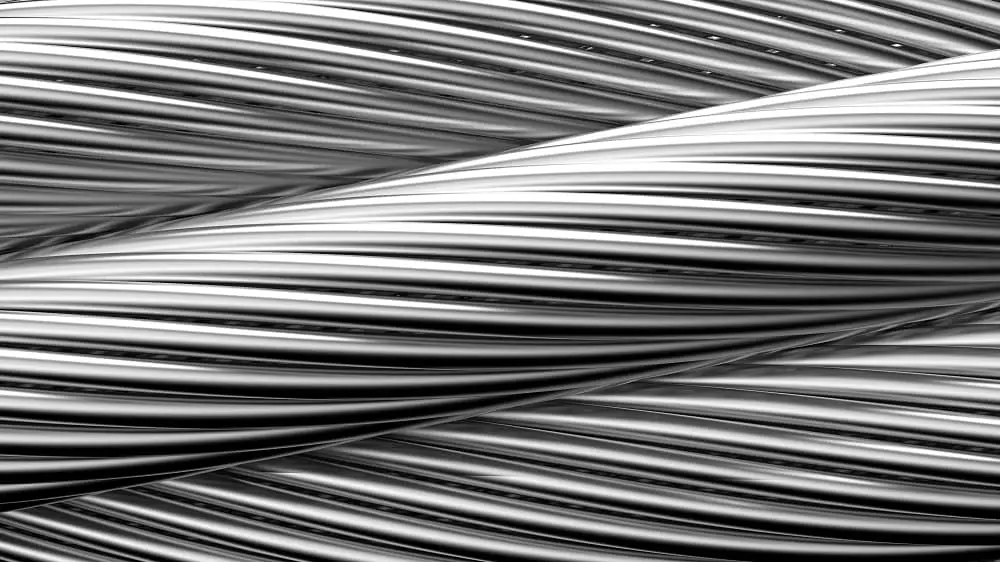
Unlike bare copper wire, tinned copper wire is a type of wire that has been coated with a thin layer of tin. As a result, tinned copper wires provide several advantages over bared ones. The primary advantage of tinned copper wire is its enhanced resistance to corrosion. This act as a protective layer preventing copper wire from getting in direct contact with the surrounding environment.
The other biggest advantage of using tinned copper wire is that it improves its solderability. This makes tinned copper wire commonly used in applications that require soldering, such as electronics manufacturing, circuit board assembly, and electrical repairs. The other applications of tinned copper wire are in electronics, automotive wiring, marine applications, and industrial machinery.
Magnet Wire
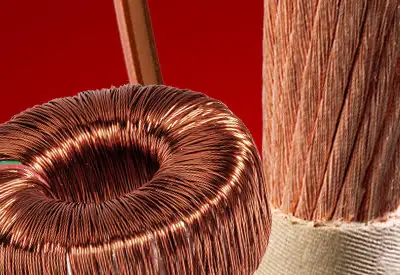
Magnet wire, also known as winding wire or enameled wire, is a type of copper wire that we primarily use for the construction of electromagnetic devices, such as electromagnetic coils. These wires are usually made of copper or aluminum. They are basically chosen for their high electrical conductivity and their mechanical strength.
The wire is then coated with a thin layer of insulation, typically a polymer enamel, to prevent electrical shorts and to provide electrical insulation between adjacent windings. This kind of wire is basically used to create the magnetic field within electromagnetic devices, hence called magnet wire.
Insulated Copper Wire
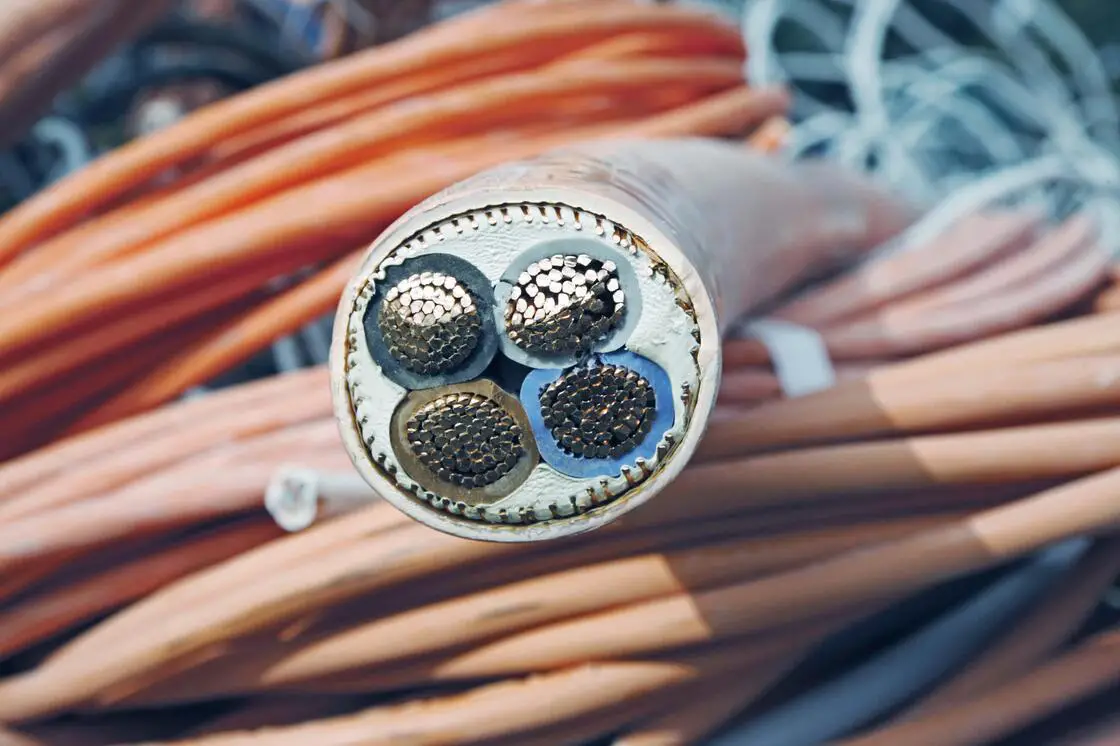
Insulated copper wire is a type of copper wire that is surrounded by an insulating material such as Polyvinyl Chloride (PVC) or Cross-Linked Polyethylene (XLPE). This kind of insulation provides protection against electrical shocks and prevents short circuits. The primary function of insulation is to provide electrical insulation. It prevents the flow of electric current from the copper wire to surrounding objects or conductors.
Therefore, as a result, reducing the risk of electrical shocks, short circuits, and interference between wires. This type of insulated copper wire is often available in various colors or color-coded jackets. This simply allows us the easy identification as well as the organization of wires in a typical electrical system.
Litz Wire
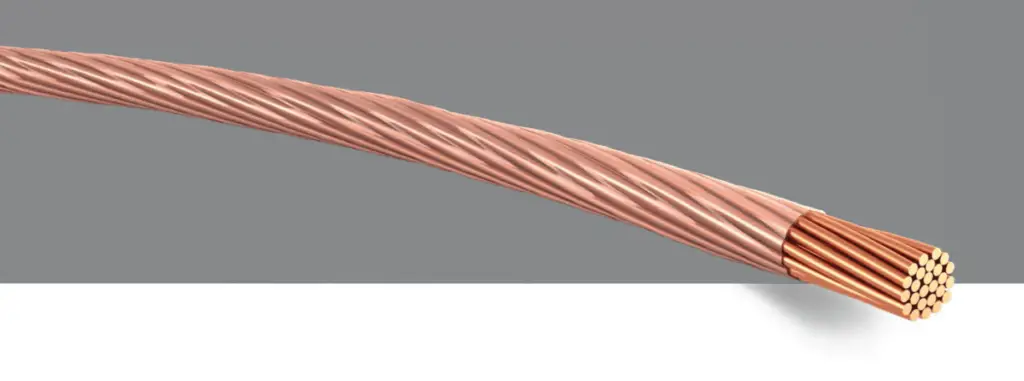
Litz wire is a specialized type of wire that consists of multiple thin copper strands individually insulated and then twisted or braided together. This kind of twisting and braiding helps to reduce skin effect mitigation. At high frequencies, the skin effect causes the flow of electric current to concentrate near the surface of a conductor, resulting in increased resistance.
This is why litz wires are individually insulated and then twisted or braided together. This simply helps to reduce skin effects by dividing the current-carrying strands into multiple insulated strands. Each strand carries a portion of the total current, distributing it more evenly across the wire’s cross-section. This uniqueness of Litz Wire makes it more suitable for applications like high-frequency transformers, inductors, radio antennas, and, wireless power transfer systems.
Copper Bushbar
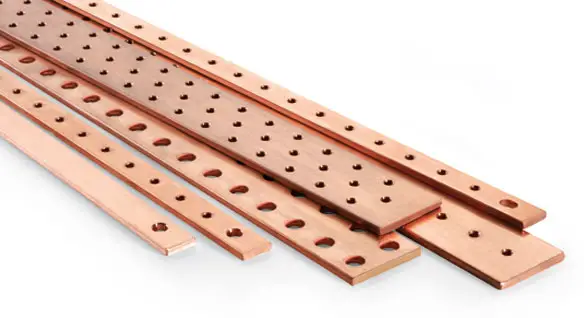
Last but not least one on my list of the top 6 different types of copper wire is the copper bushbar. A copper busbar refers to a flat, cylindrical, or, rectangular piece of copper used to conduct and distribute electrical current in power distribution systems and electrical equipment. It basically offers low resistance, high mechanical strength, and excellent thermal conductivity.
The shape and size of a copper busbar depend on the specific application and the amount of current it needs to handle. The choice of shape and size is determined by factors such as current rating, voltage drop requirements, available space, and cooling considerations. The common applications of copper busbars are in electrical substations, switchboards, power distribution systems, and large electrical installations, circuit breakers, etc.
Some other Types of Copper Wire in Daily Life
Apart from the above-mentioned ones, I am also mentioning a few here.
- Enamelled Copper Wire
- Insulated Copper Wire
- Copper-Clad Aluminum Wire
- Tinsel Wire
- Annealed Copper Wire, etc.
That’s it for this post. If you like this article, share it if you like, like it if you share it. You can also find us on Mix, Twitter, Pinterest, and Facebook. Hey man, If you have come this far, do give us feedback in the comment section. It would make my day. You can also make a donation. Your donations will help us to run our website and serve you BETTER. Cheers!!!
You might also like:
- Examples of Magnetic Materials: A Comprehensive Guide
- Examples of Ductile Materials and Their Uses: A Comprehensive Guide
